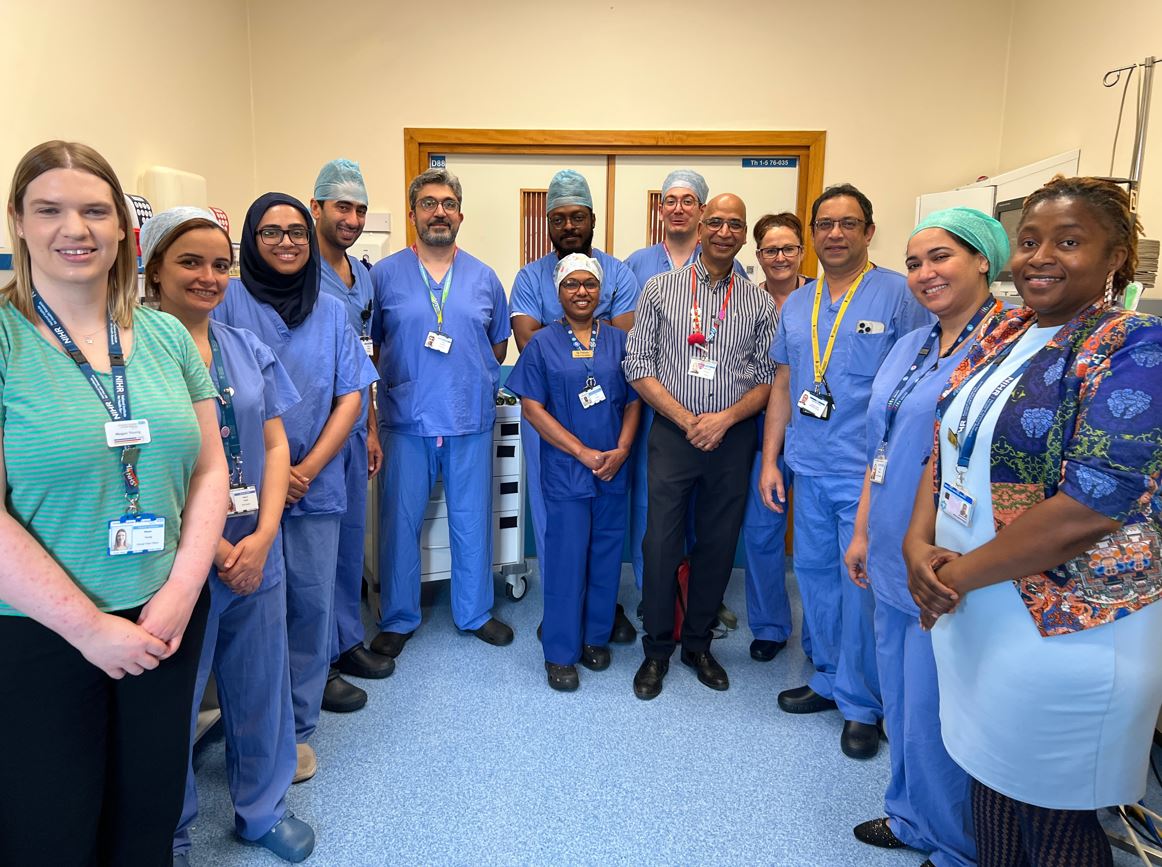Introduction to ICE trial:
“Surgery for deep endometriosis is complex and carries a risk of damaging the ureters, the delicate tubes connecting the kidneys to the bladder. Traditionally, surgeons use stents to identify and protect these structures, but these can cause significant pain, bleeding, and require a second procedure to remove.
“As a group of surgeons, we saw the challenges our patients faced and worked hard to design this proposal. Our aim is to minimise complications and improve the patient journey, reducing pain and morbidity associated with these complex procedures.
“The trial will recruit 70 patients across the two sites over two years, randomising them to receive either conventional stenting or the dye-based technique. It is designed to test feasibility, including whether patients and surgeons are willing to participate, with a view to launching a future full-scale randomised trial that could see the technique adopted across the NHS and globally.
“It’s been a real team effort. We want to thank our colleagues at Birmingham Women’s and Children’s, Keele University, our anaesthetic teams, and the research and innovation teams at both sites. Most importantly, we’re grateful to our patients who helped us shape this study by sharing their experiences.”
“This is a trial we’re passionate about because it has real potential to change how we do this surgery, both here at UHNM and internationally. It’s about giving our patients the best possible experience and outcomes.”
- Mr Gourab Misra, consultant gynaecologist at UHNM and chief investigator




